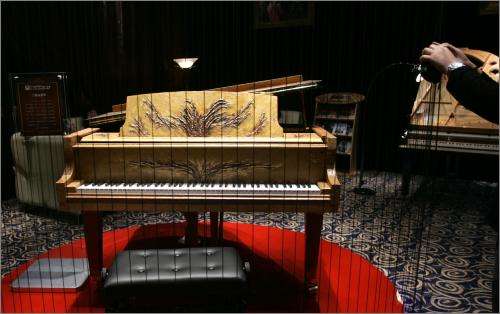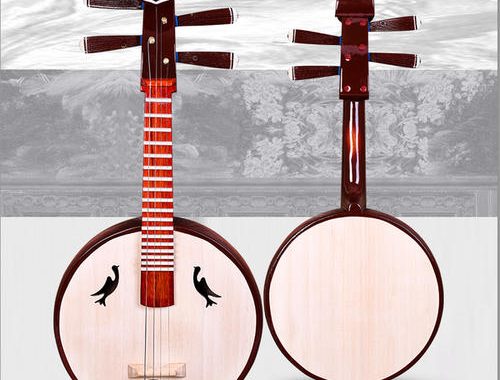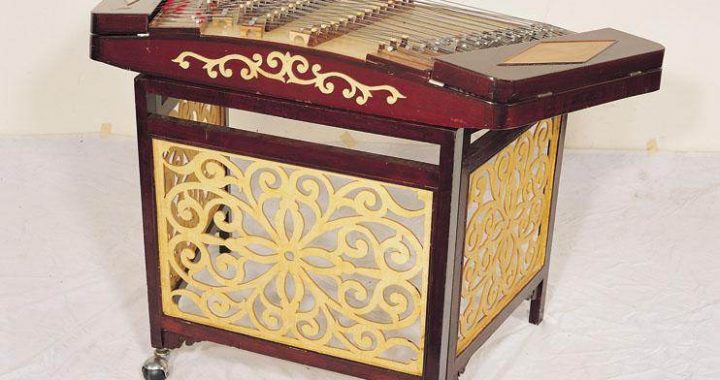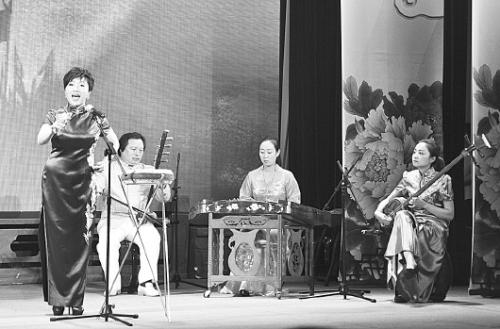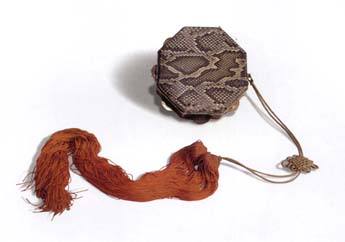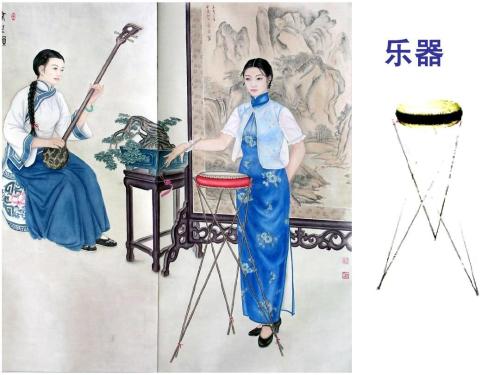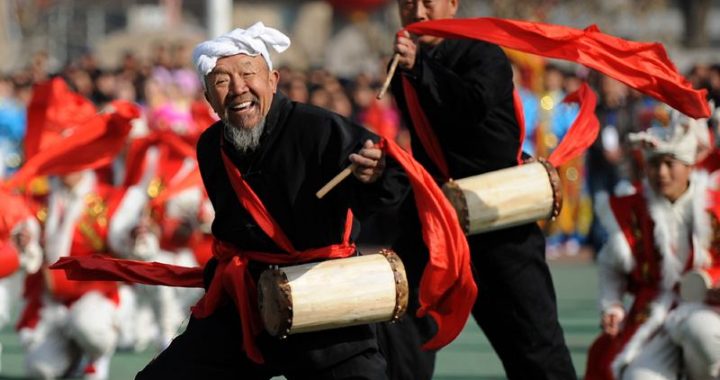Bianqing (tuned chimes)
3 min readfrom the tomb of Marquis Yi of Zeng Numerous shiqing (stone chimes) have been recovered from Shang Dynasty (c. 1600-1046 BC) archeologi-cal sites. However, these have generally been single pieces that were played individually. The stone chimes found in the tomb of Marquis Yi of Zeng, on the other hand, comprise a complete set. Musical stone chimes first appeared during prehistoric times. By the time of the Shang and Zhou dynasties, both their construc-tion methods and musical capability had evolved considerably. Following the late Shang Dynasty, stone chimes underwent a great transformation. Not only was their form further refined, but multiple pieces started to be combined into sets tuned to specific musical intervals. The result was a highly functional melodic instrurnent. The set of tuned chimes found in the tomb of Marquis Yi of Zeng epitomizes this type of instrument, representing the artistic pinnacle of the time. The set consists of 32 stone chimes, divided into upper and lower tiers of sixteen pieces each. The chimes, made out of dark gray worked limestone, are all essentially the same shape but different sizes. Clear and melodious in tone, they are tuned to a standard scale. The exquisitely constructed and highly imaginative frame consists of upper and lower horizontal bars, supported on either side by fantastical creatures with duck-shaped bodies and long necks. This set of tuned chimes is not only a superb musical instrument, but also an extremely valuable ancient work of art.
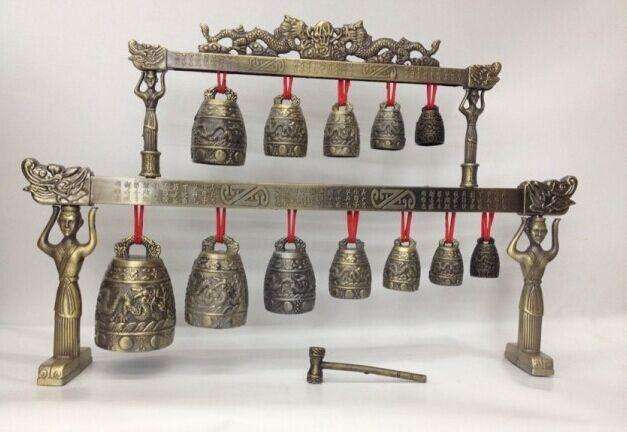
The bianzhong (tuned bells) excavated from the tomb of Marquis Yi of Zeng have been called the Eighth Wonder of the World. This magnificent set consists of 6 5 hollow-bodied, knobbed bells of three types,suspended from a three-tier frame. The bells encompass a range of five octaves, the middle three of which can produce complete chromatic scales. The melody bells of each tier form a heptatonic scale, capable of reproducing modern polyphonic music that employs both harmony and modulation. The bells weigh a total of 4521.48 kilograms, and are inscribed with over 3 700 Chinese characters, considered to comprise a “lost treatise on ancient Chinese musical theory.” Each bell is capable of producing two simultaneous tones, a brilliant invention of ancient Chinese musical science. Of all the ancient bronze bells discovered to date, the set belonging to Marquis Yi of Zeng is unsurpassed in number, size, construction, range, and state of preservation.
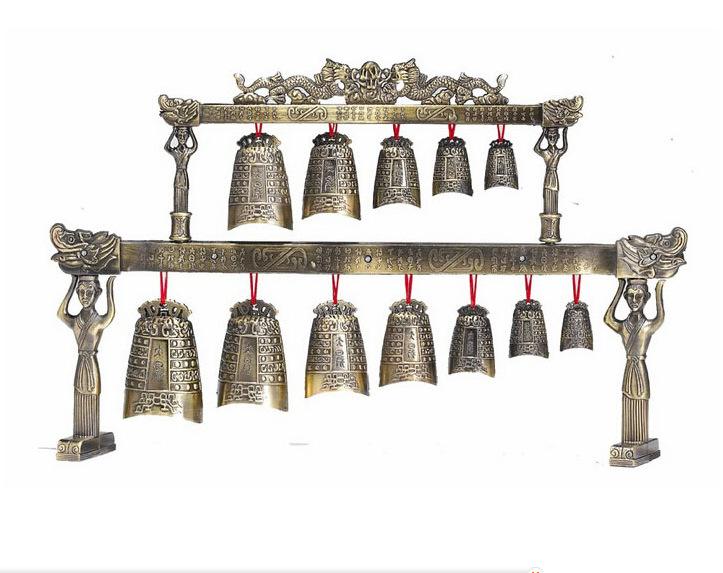
Ajunzhong (bell tuner) excavated from the tomb of Marquis Yi of Zeng sheds light on the how the complex tonal system of Marquis Yi’s bronze bells was calculated and constructed. This ancient acoustical device,the only one of its kind found to date, was used to tune sets of bronze bells. Resembling a rectangular string instrurnent with a flat surface and mushroom-shaped head, it is decorated with multicolored phoenixes, twelve in a group, from a beautiful ancient legend. According to the legend, a person named Ling Lun used twelve bamboo pipes to reproduce the call of the phoenix, thus inventing the Chinese twelve-tone chromatic scale. The back of the bell tuner is decorated with two images of the legendary emperor Xia Qi riding a dragon. Xia Qi’s story also concerns the origins of Chinese music. It is said that Xia Qi ascended to Heaven three times, where he stole the musical “Nine Discourses” and “Nine Songs” of the Emperor of Heaven for his own enjoyment. In this way, music was brought to humanity. The bell tuner of Marquis Yi of Zeng is an unparalleled work of art from 2400 years in the past.
